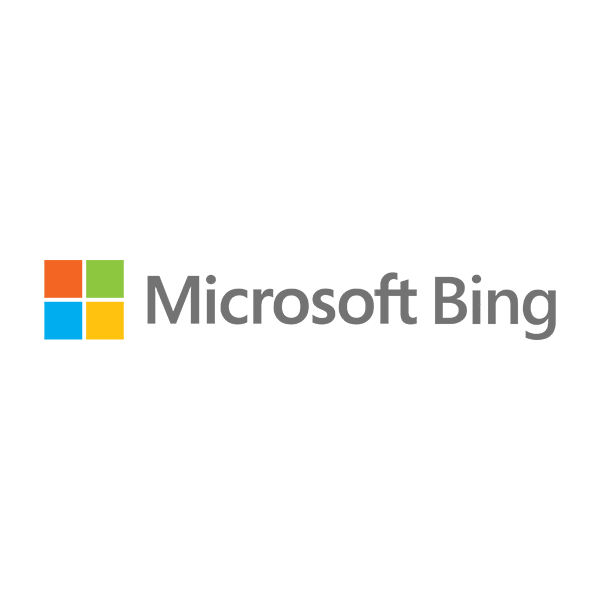Use In-Market Audiences to Find Ideal Consumers

If advertisers cannot target consumers, they will move their spend to another channel or publisher.
Targeting makes it possible to deliver the right user with the right offer but not all networks have provided this level of access to audiences.
Bing, however, is releasing two new pilot offerings to help advertisers reach the ideal consumer in the digital moments that matter: In-Market Audiences and Custom Audiences.
Bing's new In-Market Audiences, for example, are curated lists of users who have been determined to be "in-market" for a particular purchase category based on user signals across Bing, MSN and other Microsoft services. When these lists are associated to ad groups, advertisers will be able to target and modify bids for these audiences, similar to Remarketing in Paid Search lists.
Bing provided a good example:
Say you're a travel site looking to target searchers who are ready to book a summer vacation. Bing Ads looks for people who are clicking on ads related to hotels and flights, searching for relevant vacation terms, or checking out hotel reviews, for example, and predicts whether these users are ready to buy. Users identified as likely to purchase are included in the Travel & Tourism/Accommodations In-Market Audience, which you can associate to your ads. Since you know these people are more likely to book a vacation, you could increase your bid, for example, to help you capture this valuable audience.
The other new pilot offering is that of Custom Audiences. The offering is a type of remarketing list that is generated using an advertiser's own customer data to create richer user segments. When a data platform manager (DMP) connects to Bing's new Custom Audience feature, advertisers will be able to import their segments into Bing Ads for search remarketing. Some examples of Custom Audience segments that can be used as a remarketing list include purchase history, lifetime value, renewal period, time since last purchase and customer referrals.










